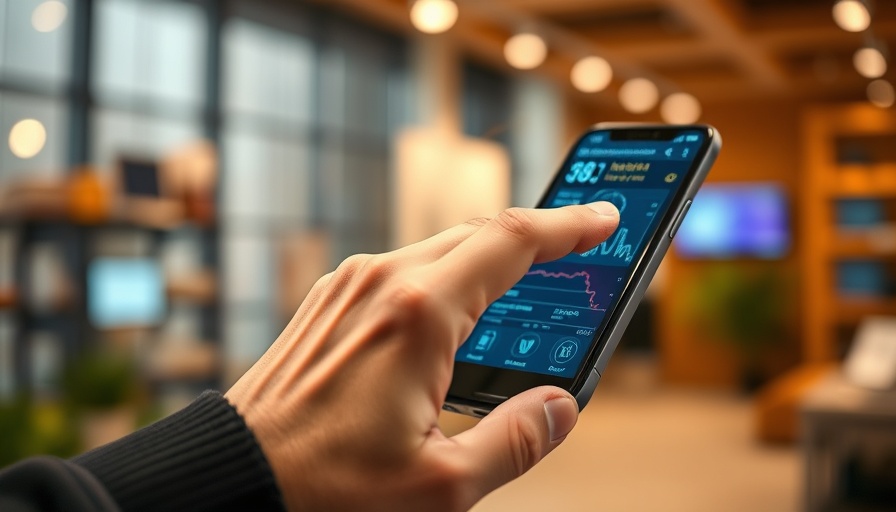
Smartphone Technology: A Revolution in Medical Accuracy
As the ongoing discussions around racial bias in healthcare persist, a recent study reveals that smartphones might hold the key to rectifying longstanding disparities in medical device accuracy. Conducted by researchers from Brown University and Morgan State University, this groundbreaking study shows how ordinary smartphone cameras can provide precise skin-tone measurements equivalent to professional-grade devices commonly used in clinical settings.
The Role of Pulse Oximeters and Racial Disparity
Pulse oximeters, vital in monitoring patients' oxygen levels, have been criticized for inaccurate readings, particularly in individuals with darker skin tones. This discrepancy can lead to misdiagnoses and delayed treatments, showing a disturbing correlation between race and healthcare outcomes. Traditional methods often lean on light absorption, a factor influenced by skin pigmentation, introducing significant errors in clinical assessments. With race seldom measured directly during patient evaluations, this reliance further exacerbates the problem.
How Smartphones Can Level the Playing Field
In a significant leap forward, researchers have harnessed smartphone technology to obtain skin-tone data from anatomical locations commonly used for oximetry, such as the fingers. By employing a standardized color metric known as the Individual Typology Angle (ITA), the team found that smartphone readings were nearly on par with those captured by colorimeters—tools typically reserved for laboratory analysis. When conducted under optimized lighting conditions, these assessments yielded reliable results, showcasing the potential of affordable technology to enhance accuracy in medical evaluations.
Practical Insights for Implementation
The study not only emphasizes the innovative use of smartphones in medical diagnostics but also calls for the establishment of better standards in clinical practice. It introduces guidelines aimed at optimizing smartphone measurements, such as avoiding areas marked by tattoos or scars, disabling automatic camera functions, and maintaining a consistent distance from the skin. Such simple adjustments could dramatically improve the accuracy of readings, ensuring that healthcare providers can provide more equitable care.
Implications for Future Health Technology
Although the research primarily included a small pool of young adults and took place outside of clinical settings, it paves the way for future explorations in diverse environments. Should these smartphone-based techniques receive further validation in more extensive studies, they could represent a transformative step toward achieving health equity. The ability to utilize widely-adopted technology, like smartphones, in healthcare not only democratizes access but may also re-shape our understanding of race and its implications in medical diagnostics.
Bridging the Gap: What This Means for Patients
The implications of smartphone-based colorimetry extend beyond just technical accuracy; they resonate deeply with societal issues surrounding equitable health care. For patients, especially those from historically marginalized communities, the prospect of routine assessments utilizing a device they already own has the potential to shift healthcare paradigms. By removing bias from medical devices, this advancement redefines possibilities, creating a more inclusive medical landscape.
Conclusion: Taking Action for Health Equity
As we look toward the future, the integration of smartphone technology in health analytics might be one of the most crucial advancements in correcting systemic inequities in healthcare. For health practitioners and technology developers alike, understanding and applying these insights will be integral in continuing to push for accuracy and accessibility in medical care. The opportunity to refine clinical practices with innovative technology should inspire proactive initiatives aimed at fostering equitable healthcare for all audiences.
 Add Row
Add Row  Add
Add 




Write A Comment